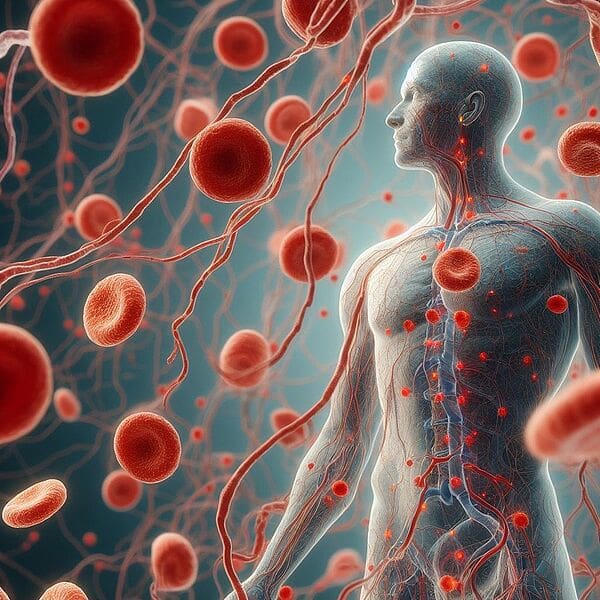Iron deficiency
Iron deficiency is a common condition in which the body does not have enough iron to produce hemoglobin, the red blood pigment. Hemoglobin transports oxygen from the lungs to the tissues. If the deficiency becomes severe, it can lead to anemia, which means that there are fewer red blood cells or they contain less hemoglobin. Symptoms can include tiredness, weakness or concentration problems.

Causes of iron deficiency
Iron deficiency can be caused by various factors, such as insufficient iron intake from food, which is more common in vegetarians or vegans. Blood loss, for example due to heavy menstruation or injuries, can also play a role. Pregnant women or adolescents often have an increased iron requirement, and certain illnesses, such as intestinal problems or inflammation, can interfere with iron absorption.
Diagnosis with laboratory tests
The diagnosis is made by blood tests that check the iron status. Important tests are
- Hemoglobin and hematocrit: Indicate whether anemia is present, with normal values of >12 g/dL in women and >13 g/dL in men.
- Ferritin: Measures iron reserves, with <15 ng/mL indicating deficiency; values between 15-30 ng/mL may be uncertain and require further testing.
- Serum iron and transferrin saturation: Show current iron levels, with normal values for serum iron of 6.3-30.1 ö¥mol/L in men and 4.1-29.5 ö¥mol/L in women, and transferrin saturation of 20-50%.
- CRP: Checks for inflammation, as this can influence the ferritin value.
- Soluble transferrin receptor (sTfR): Helps detect iron deficiency in inflammation, especially when ferritin is normal.
These tests are often combined, as inflammation can increase the ferritin level, which masks the deficiency. A doctor evaluates the results together to make an accurate diagnosis.
Matching:
Blood values: Iron deficiency in women in the military on the rise – MedLabPortal
Editorial office: X-Press Journalistenbû¥ro GbR
Gender note. The personal designations used in this text always refer equally to female, male and diverse persons. Double/triple references and gendered designations are avoided for the sake of better readability ected.

